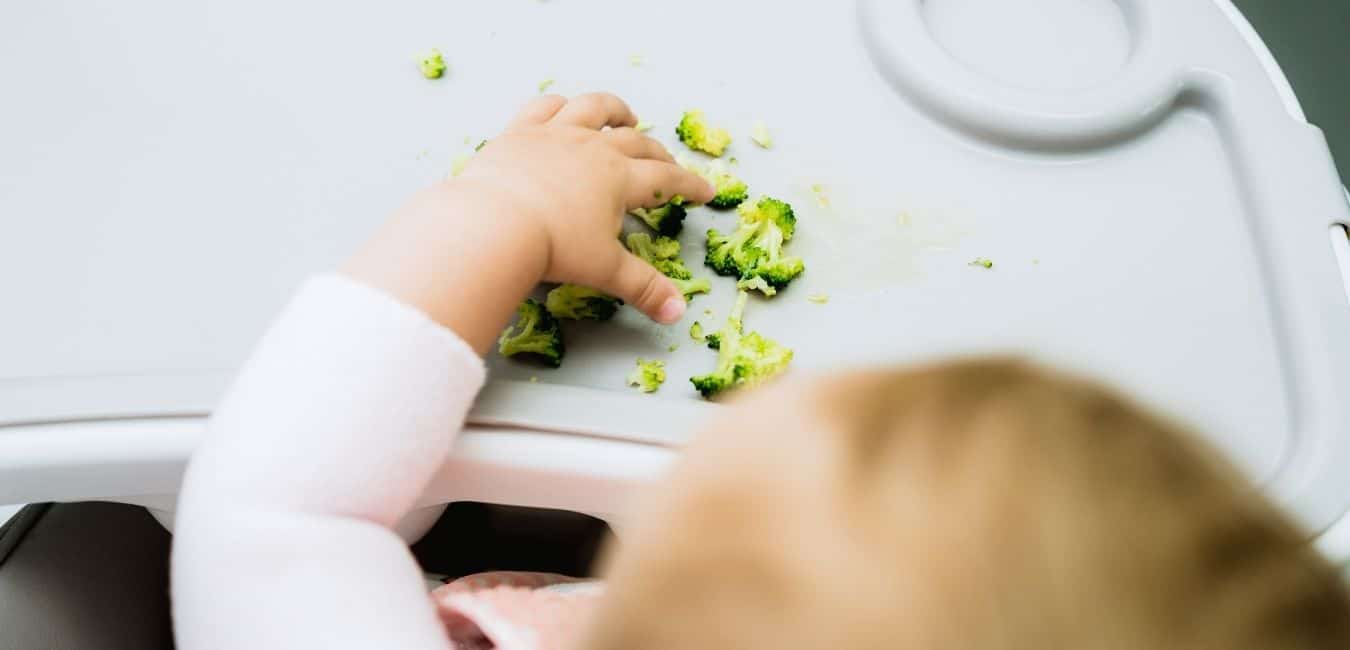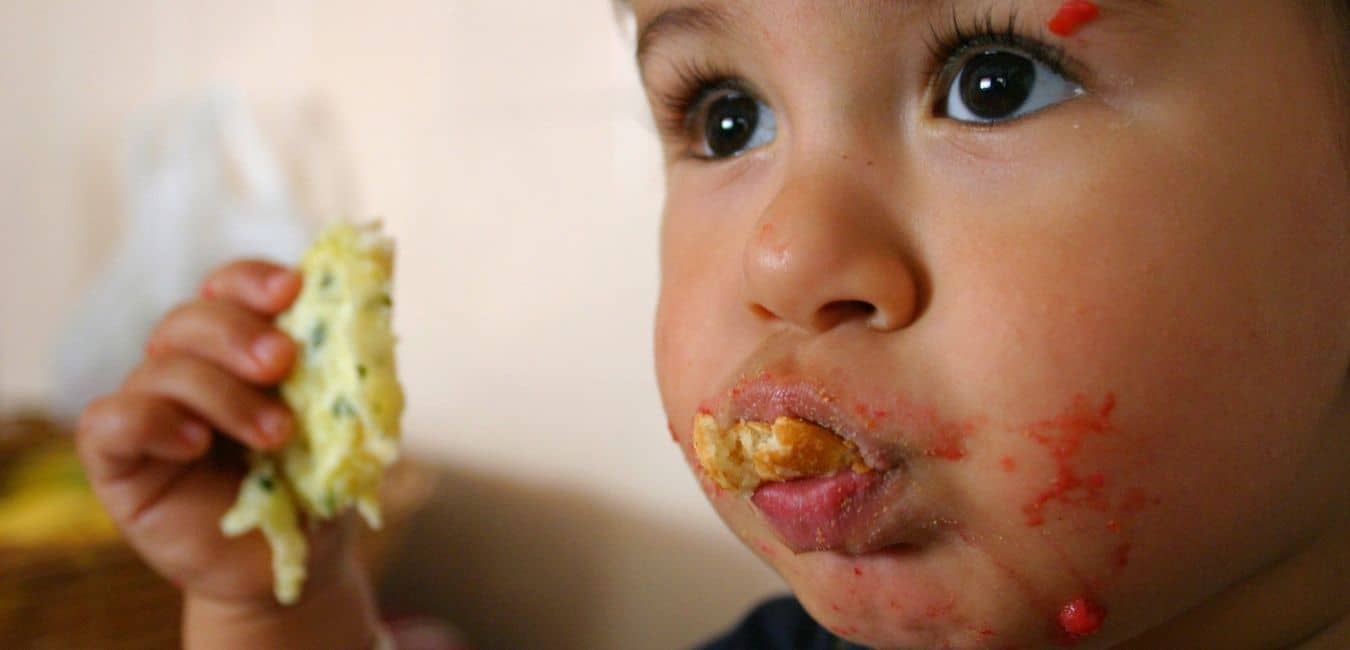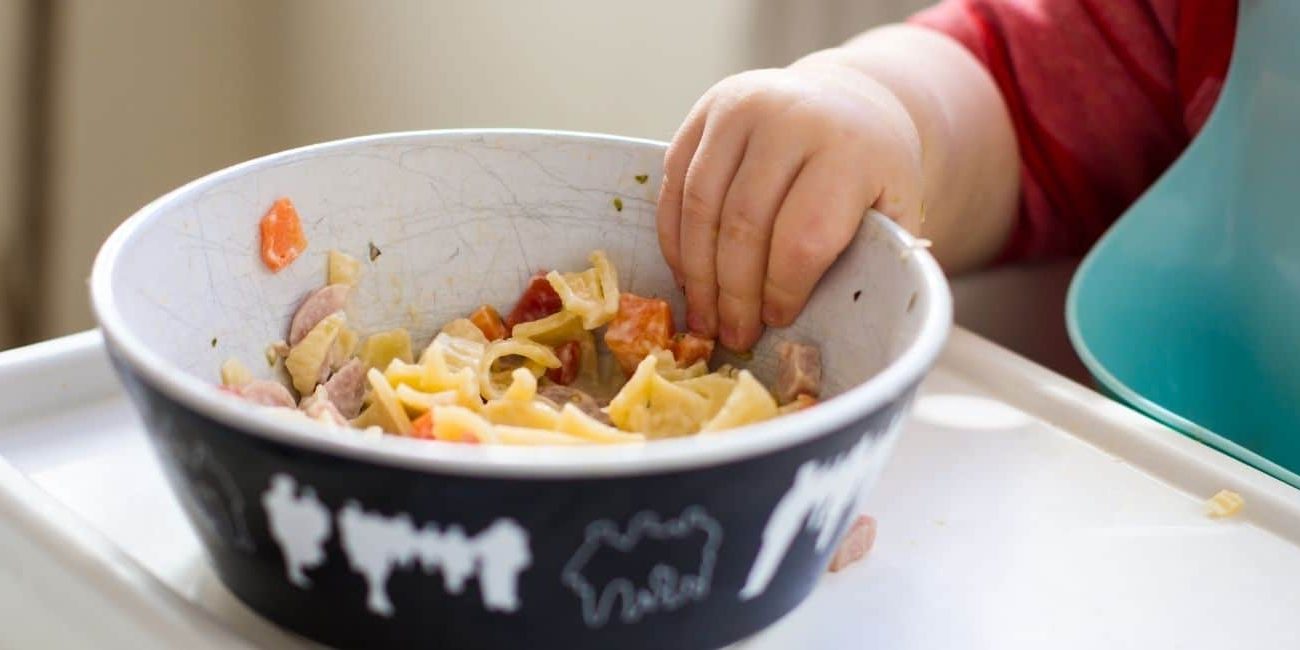Baby led weaning is a method of introducing your baby to solid foods by offering them different easy-to-hold foods and allowing them to feed themselves. Traditionally, when a baby is ready to start solids they are spoonfed purees, which can be time-consuming for parents. Baby-led weaning can be great for parents who want to involve their baby in mealtimes and it’s also more convenient as you do not need to spend time preparing separate meals for your baby. With baby-led weaning, you can offer your baby the same foods as you’re eating.
As with traditional weaning, continue to give your baby their usual breastmilk/formula at the same frequency as before. Your baby gets most of their nutrition from their milk until age one
Benefits of baby-led weaning
There hasn’t been much in-depth research done into baby-led weaning since the term was coined in 2003, so there aren’t many definitive findings. However, studies have suggested that baby-led weaning can have a host of benefits in regards to your child’s relationship with food. Including:
- Less fussiness around food
- Help with motor development
- Prevent unhealthy eating habits such as overeating
- Decreased levels of obesity
- Babies eat with their family
- Baby can control how much they want to eat

Signs of readiness
Before beginning baby-led weaning, you want to make sure that your baby is ready. Introducing solids before your baby is ready will increase the risk of choking.
You can start when:
- Your baby turns 6 months old, solids are not recommended before 6 months old (if your baby was born prematurely, make sure to go by their adjusted age)
- Your baby can sit up straight without assistance
- They have strong neck control
- They have outgrown the tongue-thrust reflex (where they shove things out of their mouth with their tongue)
- They can easily grasp objects
- They can bring things to their mouth
Babies do not need to have teeth in order to do baby-led weaning as the foods offered should be soft enough to chew with their gums.
What to serve your baby
When starting with baby-led weaning, anything you serve your baby should be easy to smush between your fingers or dissolve easily in liquid. This will ensure that your baby can safely swallow the food, even if they haven’t chewed it very well. Cut foods into finger-shaped pieces so your baby can easily pick them up and take a bite.
Foods to start with include:
- Bananas
- Roasted sweet potato wedges
- Steamed or roasted broccoli floret
- Avocado
- Melon
- Mango
- Strips of toast
- Full fat yoghurt
- Quartered hard-boiled eggs
- Strips of omelette
- Mozzarella cheese
- Peeled cucumber

How to avoid choking
Choking is the biggest reason that parents decide against trying baby-led weaning. You would imagine that handing your baby solid foods to feed themselves will lead to choking. However, studies have shown that babies doing baby-led weaning are not more prone to choking than their spoonfed peers. Baby-led weaning will lead to more gagging, which is a completely normal reaction to the new textures your baby is exploring. Gagging is not choking and you do not need to intervene. While gagging, your baby’s eyes will water, they will make retching sounds, turn red and possibly vomit. Remember “loud and red, let them go ahead. Silent and blue, they need help from you.”
Choking is a possibility for all babies starting solids, so it’s important that parents know how to help a choking baby. You can attend baby first aid classes to make sure you know exactly what to do in this stressful situation. Always call emergency services as soon you can, even if you have had first aid training.







